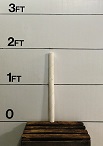| NOTE - Tree seedlings, grafts and planting expenses are tax deductible—up to $10,000 per year (For more information visit www.fs.fed.us/spf/coop/programs/loa/tax.shtml.). |
Scroll or jump to another product…
|
|
Tree Protectors - Miracle Tube
See Full Description
30 inch Miracle Tube Tree Protectors: | ||||||||||||||||||||||||||||||||||||||||||||||||||||||||||||||||||||||||||||||||||||||||||||||||||||||||||||||||||||||||||||||||||||||||||||||||||||||||||||||||||||||||||||||||||||||||||||||||||||||||||||||||||||||||||||||||||||||||||||||||||||||
|
|
||||||||
|
|
5-9 Each |
10-29 Each |
30-99 Each |
100-399 Each |
400-999 Each |
1,000+ Each |
|
Add to Cart |
|
| ||||||||
|
|
||||||||
| Featured Special: | |
| When you order online using the shopping cart ($100 minimum order), receive 25 time-release fertilizer tablets FREE OF CHARGE. Qualifying orders placed online may be shipped or picked up at the nursery. (The free fertilizer special applies only to orders placed using the shopping cart; phone in and walk in orders at the nursery do not qualify for it.) | |
|
|
Screens and Windbreak
-
Shade Trees
-
Investment Timber
-
Planting and Care
|
Green Rocket is a trademark of Advanced Tree Technology
|
|
|



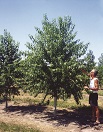
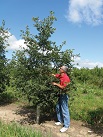


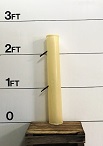

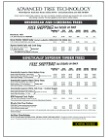
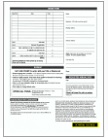
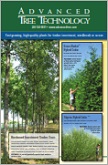


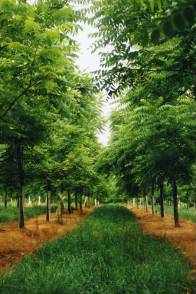 increased growth rate, vigor and vitality have been developed while maintaining superior form. The two most famous cultivars patented by the university are Purdue Number One and Tippecanoe Number One.
increased growth rate, vigor and vitality have been developed while maintaining superior form. The two most famous cultivars patented by the university are Purdue Number One and Tippecanoe Number One.



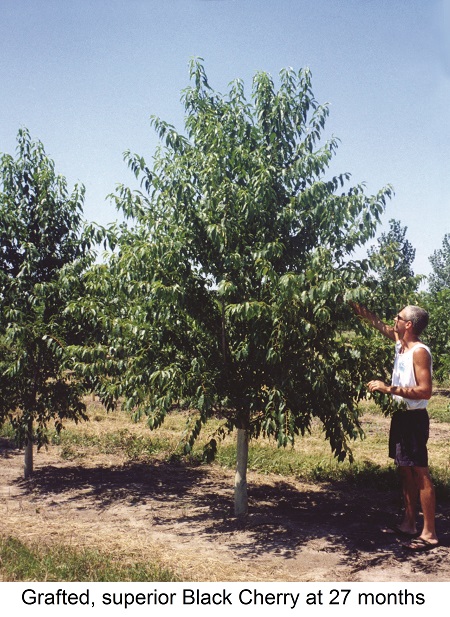
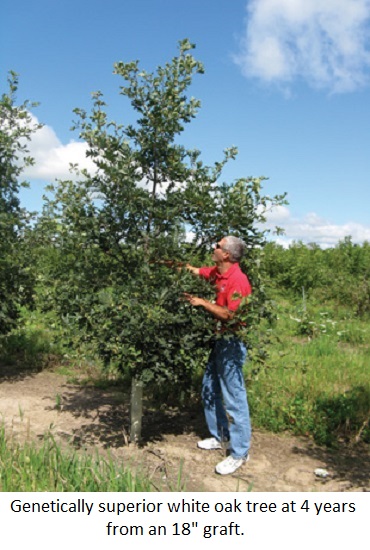
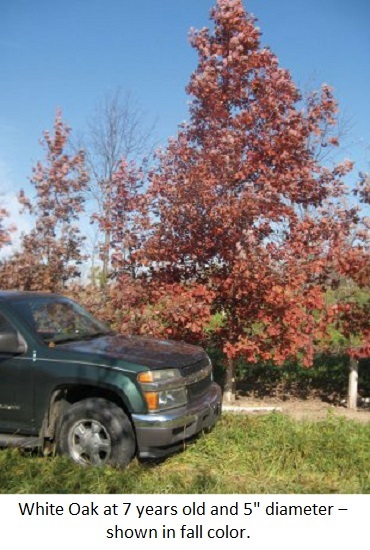 flat, heavy, wet clay sites or high PH alkaline sites. Use the grafted White
flat, heavy, wet clay sites or high PH alkaline sites. Use the grafted White  tree at Evanston Illinois, was 23 inches in diameter and 65 ft. tall at 24 years old.
tree at Evanston Illinois, was 23 inches in diameter and 65 ft. tall at 24 years old.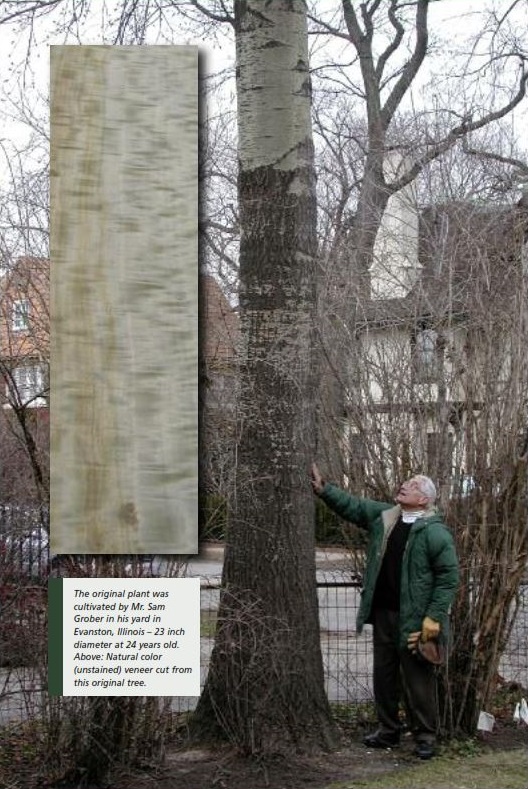

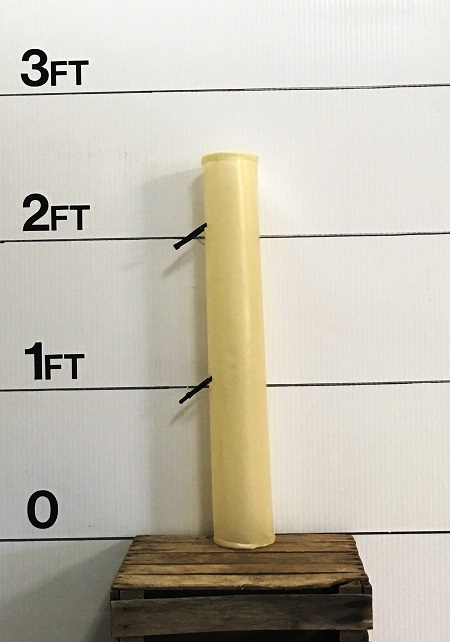 recommend ¾ in. x 10 ft. galvanized EMT conduit available at most building supply outlets for the 48 in. tubes and ½ in. x 5 ft. EMT conduit for the 30 in. tubes.
recommend ¾ in. x 10 ft. galvanized EMT conduit available at most building supply outlets for the 48 in. tubes and ½ in. x 5 ft. EMT conduit for the 30 in. tubes. 